Belogradchik fortress
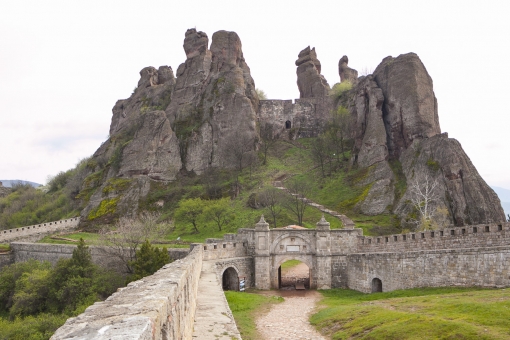
Belogradchik fortress is declared a monument of culture with national significance in 1985. The fortress is constructed among the Belogradchik rocks. Belogradchik fortress is one of the best preserved castles in the country. Using natural inaccessibility of the rocks in 1st – 3rd century the Romans had support it for the protection of strategic roads that cross the area. In late antiquity it was part of the powerful defense system of the Roman, and then of the Byzantine Empire, it was built on the northern slopes of the Stara Planina Mountains. The construction of the fortress was finally completed by the Bulgarians. Its significance increased after the formation of the Vidin principality and kingdom in the second half of the 13th and 14th c., including the lands of today's northwestern Bulgaria and parts of eastern Serbia and southwestern Romania. The castle is one of the last Bulgarian strongholds conquered by the Ottoman Turks at the end of the 14th century. There they placed a large garrison, playing an important role in the security of the Empire and crush the uprisings of the Bulgarian population. In the period 1805-1837 the castle was enlarged and remodeled for the firearms under the direction of French and Italian engineers. Plaques in connection with the construction are in Turkish and Bulgarian – a single case in the history of the works of Turkish fortresses.
The castle consists of three yards (each able to defend itself) with a total area of 10,211 square meters and a separate fortification and a separate fortification. There are two main gates - Vidin kapia (gate) and Nish gate. On the walls of 10 m height of are constructed embrasures for guns. For the cannons were built three bastions of 15-16 guns. Inside the fortress there are barracks and warehouses, prisons, mills for salt and wheat, four reservoirs. In wartime, the number of the defenders of the fortress and the surrounding hills reached 3000 people. As a military facility it was used for the last time during the Serbo- Bulgarian War in 1885.
From the highest part of the fortress known as the First plate there is a spectacular view. To the South the sight caress the folded ridge of Stara Planina mountain, from Kom peak to Vrashka chuka, to the west it is attracted by the copper peaked mountains of the Carpathians, and in the low rests in the fantastic nature of the Belogradchik rocks.


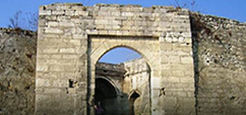
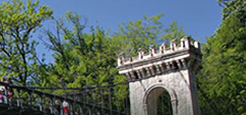


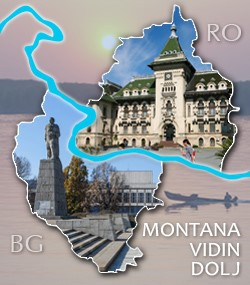
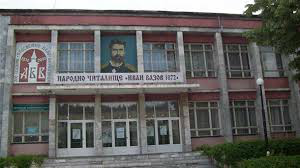
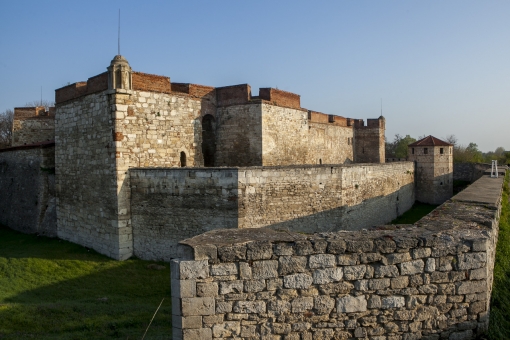


 Google Play
Google Play App Store
App Store 
